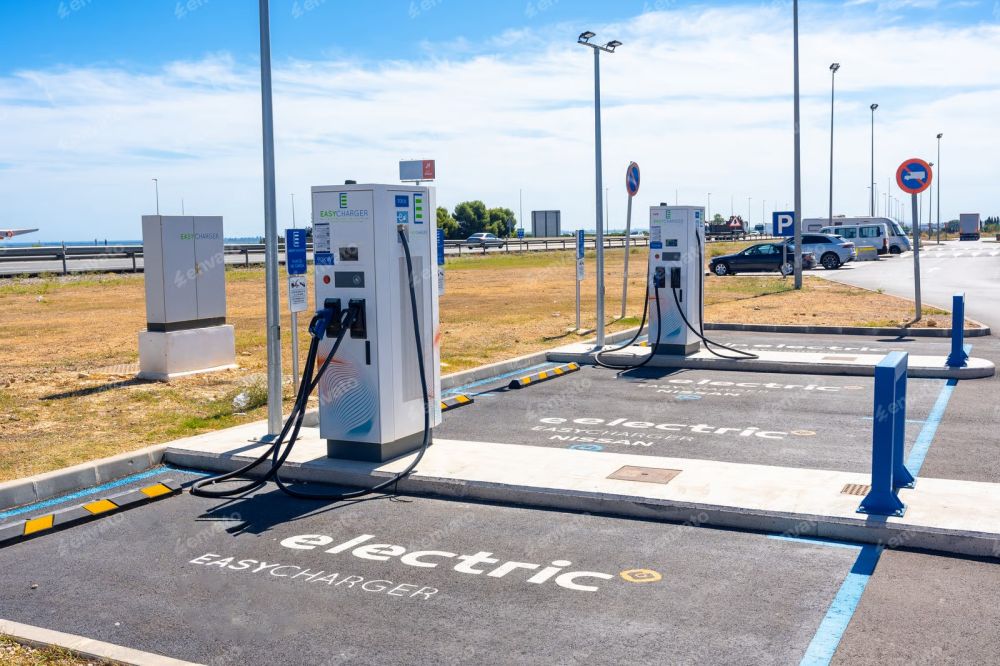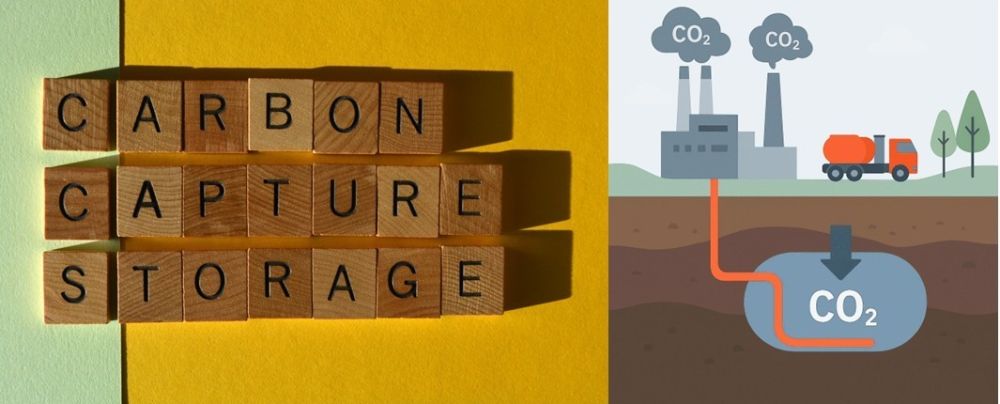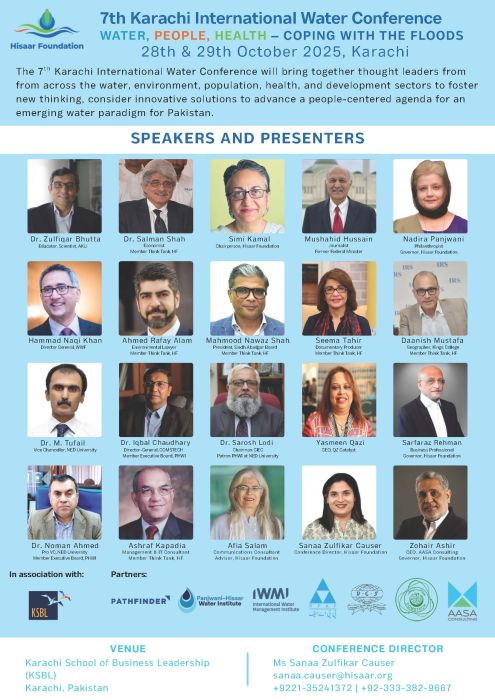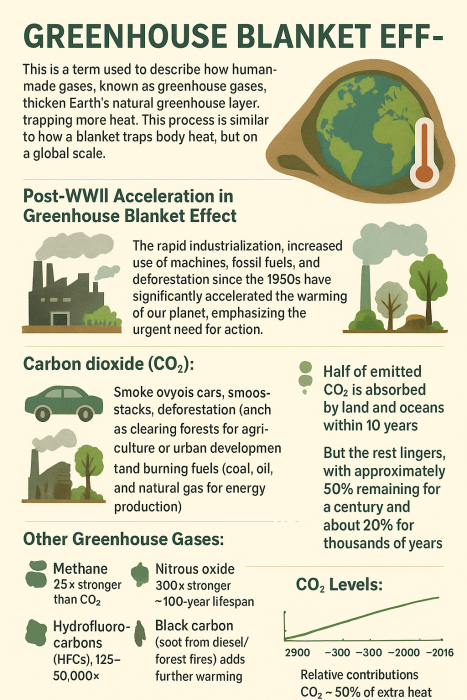50/25 How Pakistan’s new EV policy will save fuel, cut emissions, promote greening and boost industry?
Posted 3 months ago
EXECUTIVE SUMMARY
Pakistan has launched a new National Electric Vehicle Policy 2025 - 30 to cut pollution, save fuel, and reduce dependence on costly imports. The plan aims for 30% of new vehicles to be electric by 2030, saving nearly a billion dollars annually in fuel costs and slashing harmful emissions. The government has set aside Rs 9 billion in subsidies to help people buy over 100,000 electric bikes and thousands of rickshaws, with a special share reserved for women. Charging stations will be built along highways, and rules will require new buildings to include EV facilities. While the policy is seen as a significant step toward cleaner, greener transport, experts warn that its success will depend on strong implementation and the proper infrastructure on time.
Under the new scheme, an estimated 30 percent of all new vehicles sold in Pakistan by 2030 will be electric. The anticipated benefits are not just compelling, but also promising: annual fuel savings of 2.07 billion litres, translating to nearly USD 1 billion in foreign exchange alongside reductions in carbon emissions (4.5 million tonnes) and healthcare costs (USD 405 million annually) tied to cleaner air.
To kickstart adoption, the government has allocated an initial subsidy of Rs 9 billion for 2025–26, facilitating the purchase of over 116,000 electric bikes and more than 3,000 electric rickshaws. Twenty-five percent of allocations have been reserved explicitly for women to ensure equitable access to greener mobility. The subsidy process will be managed through a fully digital platform, which will allow for real-time application submission, verification, and disbursement, enhancing transparency and efficiency.
Infrastructure plans are not just comprehensive, but also strategically designed: 40 EV charging stations will be installed along motorways at intervals of approximately 105 kilometres, complemented by battery-swapping stations, vehicle-to-grid (V2G) schemes, and the mandatory inclusion of EV charging facilities in new building codes.
From an industrial perspective, incentives aim to nurture domestic manufacturing and transformation. Over 90 percent of parts for two- and three-wheelers are produced locally. SMEs are set to receive comprehensive support packages, including financial assistance, technical training, and market access support. Tariff protections under the Automotive Industry Development and Export Plan (AIDEP) will remain until 2026 before being phased out by 2030.
Governance and oversight also play a central role. A steering committee under the Ministry of Industries and Production, formed in September 2024 following consultations with more than 60 experts and stakeholders, will conduct regular reviews, and the Auditor-General of Pakistan will audit progress biannually.
While experts and environmentalists welcome the policy, they urge vigilance. Structural reliance on fossil fuels, delays in infrastructure rollout, and fiscal dependencies on fuel-related taxes present formidable hurdles.
ADDITIONAL INFORMATION





